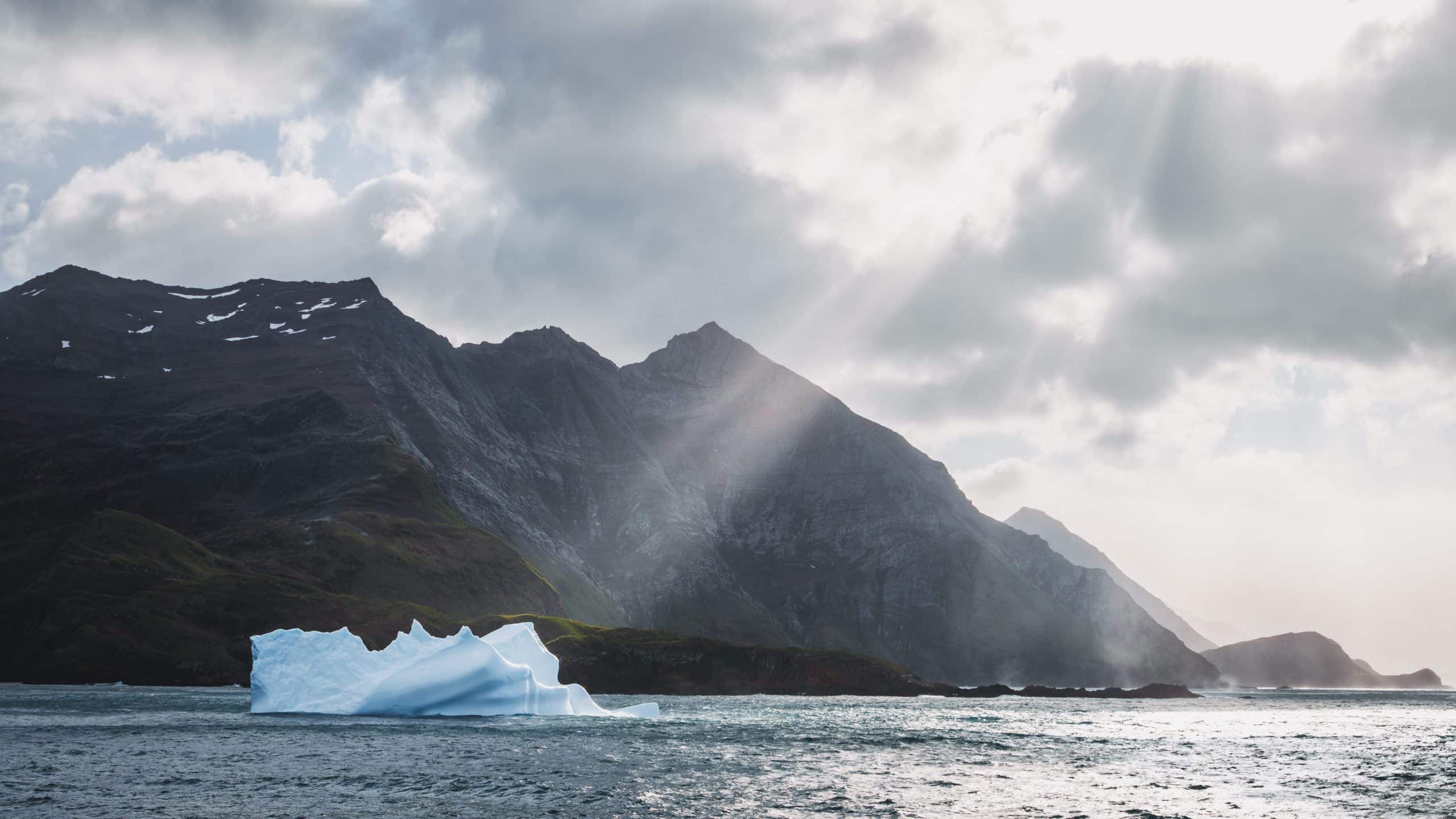Story & Photos NGUYEN NGOC THIEN
In South Georgia, spectacular scenes of Antarctica’s wild nature await intrepid travelers.
My Antarctic journey began in Vietnam and spanned more than half the circumference of the earth, nearly 25,000 km. First, I arrived in Ushuaia, the capital of Tierra del Fuego. The Argentinians proudly call this southernmost city “Fin del Mundo” – “The End of the World.”
From Ushuaia, I boarded a small expedition ship designed for exploration and scientific research, on my way to explore the sub-Antarctic islands and the Antarctic continent. My total travel time from Vietnam to the end of the exploration journey was about a month.
After two days of drifting on the South Atlantic Ocean, I reached the westernmost point of the Falkland Islands, one of the sub-Antarctic archipelagos and a remote British overseas territory in the extreme south of the globe.
From the Falkland Islands, the ship continued to follow the South Atlantic current about 1,000 miles south, to an island considered the “paradise of the polar region,” with snow-capped peaks and lush green meadows stretching to the horizon. This sub-Antarctic idyll has a unique ecosystem, including the highest density of wildlife per square meter in the world.

Welcome to South Georgia, where colonies of king penguins numbering in the millions stretch from the coast to the glaciers to the foothills of snow-capped mountains.
South Georgia was first discovered in 1675 by Captain James Cook but it was not until the 18th century, when European explorers explored the Antarctic region, that it attracted wider attention. The island is also marked by the legacy of Sir Ernest Shackleton’s famous Antarctic expedition.
The environment of South Georgia is magnificent. Three-quarters of the island is covered by permanent ice, with snow-capped mountains reaching nearly 2,000 meters in height. Narrow fjords are filled with crystal blue glaciers that shatter and melt into the frigid sea, creating thunderous sounds echoing in the vast expanse – a truly awe-inspiring sensory experience.
Isolated in the open space of the South Atlantic Ocean, South Georgia is frequently battered by sudden storms and fierce gales. Icy polar winds blowing from the south and the cold Scotia Sea bring a freezing cold that envelops the island.

Surprisingly, despite its harsh conditions, South Georgia hosts rich biodiversity and a unique natural ecosystem. Millions of seabirds, seals, and penguins call this island home.
Untouched by permanent human habitation, South Georgia is occupied by only a few dozen people including scientists and staff working at the King Edward Point research station. Occasionally, a few travelers endure the long journey to visit the island on small expedition ships or sailboats. It is one of the most remote destinations in the world, but South Georgia left me with a treasure trove of unforgettable images and experiences.










